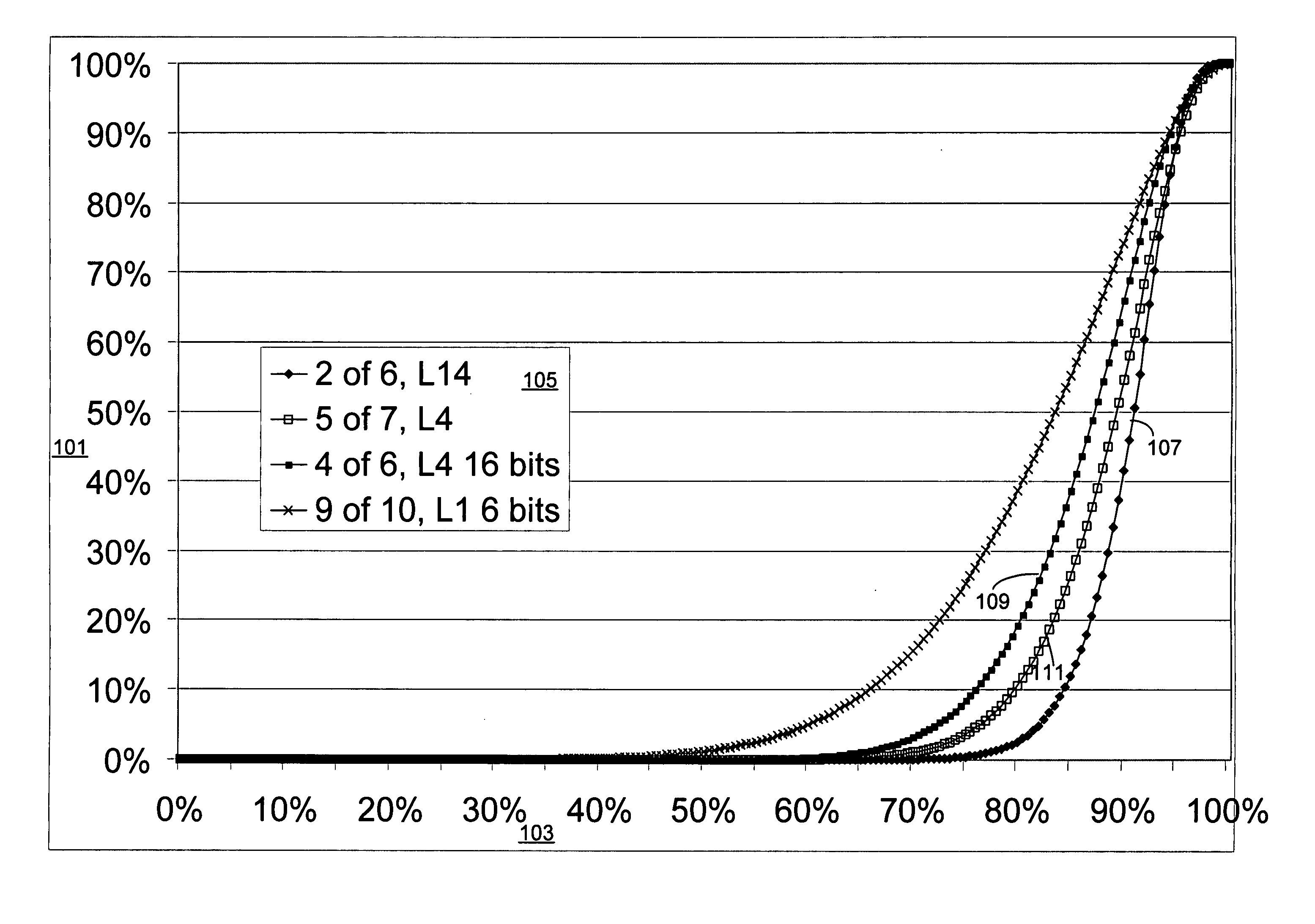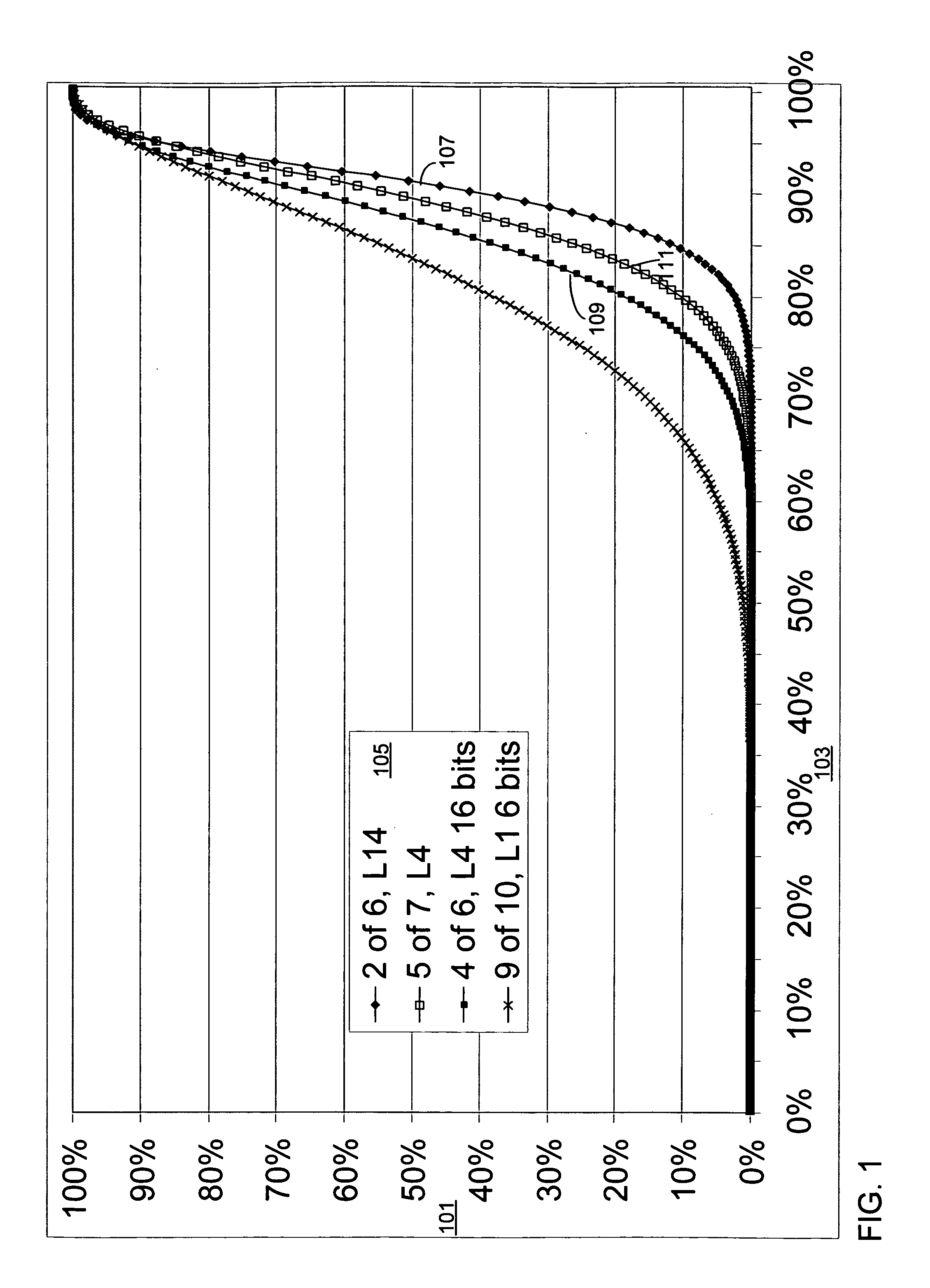Method for duplicate detection and suppression
a detection method and duplicate technology, applied in the field of nearduplicate identification, can solve the problems of increasing the difficulty of identifying duplicates, so as to achieve the effect of reducing the memory requirements of per obj
- Summary
- Abstract
- Description
- Claims
- Application Information
AI Technical Summary
Benefits of technology
Problems solved by technology
Method used
Image
Examples
Embodiment Construction
[0022] In the following description, certain embodiments of the present invention will be described. For purposes of explanation, specific configurations and details are set forth in order to provide an understanding of the embodiments. However, it will also be apparent to one skilled in the art that the present invention may be practiced without the specific details. Furthermore, well-known features inherently a part of the invention and rudimentary to those having skill in the art are generally omitted or simplified in order not to obscure the embodiment being described.
[0023] The present invention provides a technique that identifies near-duplicate items in large collections approximately as well as the method of the previous work, but with a reduction in memory requirements per document. This makes the technique practicable and useful in situations where an offline process is not desired or cannot be used, or other situations in which particular memory constraints are present, ...
PUM
 Login to View More
Login to View More Abstract
Description
Claims
Application Information
 Login to View More
Login to View More - R&D
- Intellectual Property
- Life Sciences
- Materials
- Tech Scout
- Unparalleled Data Quality
- Higher Quality Content
- 60% Fewer Hallucinations
Browse by: Latest US Patents, China's latest patents, Technical Efficacy Thesaurus, Application Domain, Technology Topic, Popular Technical Reports.
© 2025 PatSnap. All rights reserved.Legal|Privacy policy|Modern Slavery Act Transparency Statement|Sitemap|About US| Contact US: help@patsnap.com



